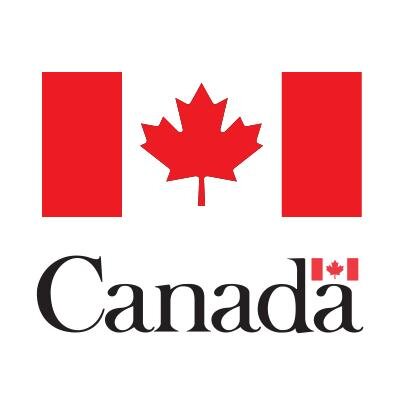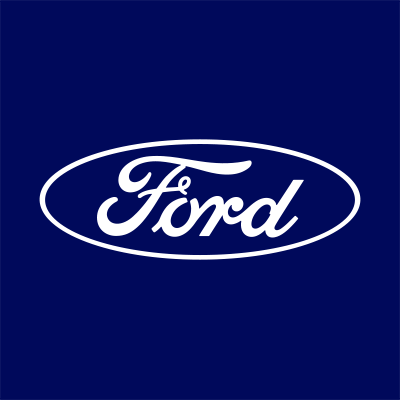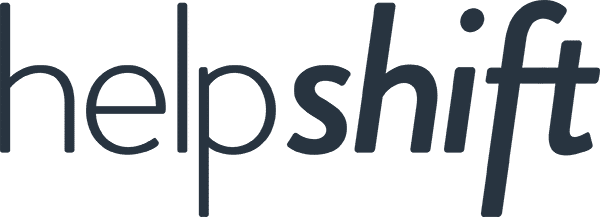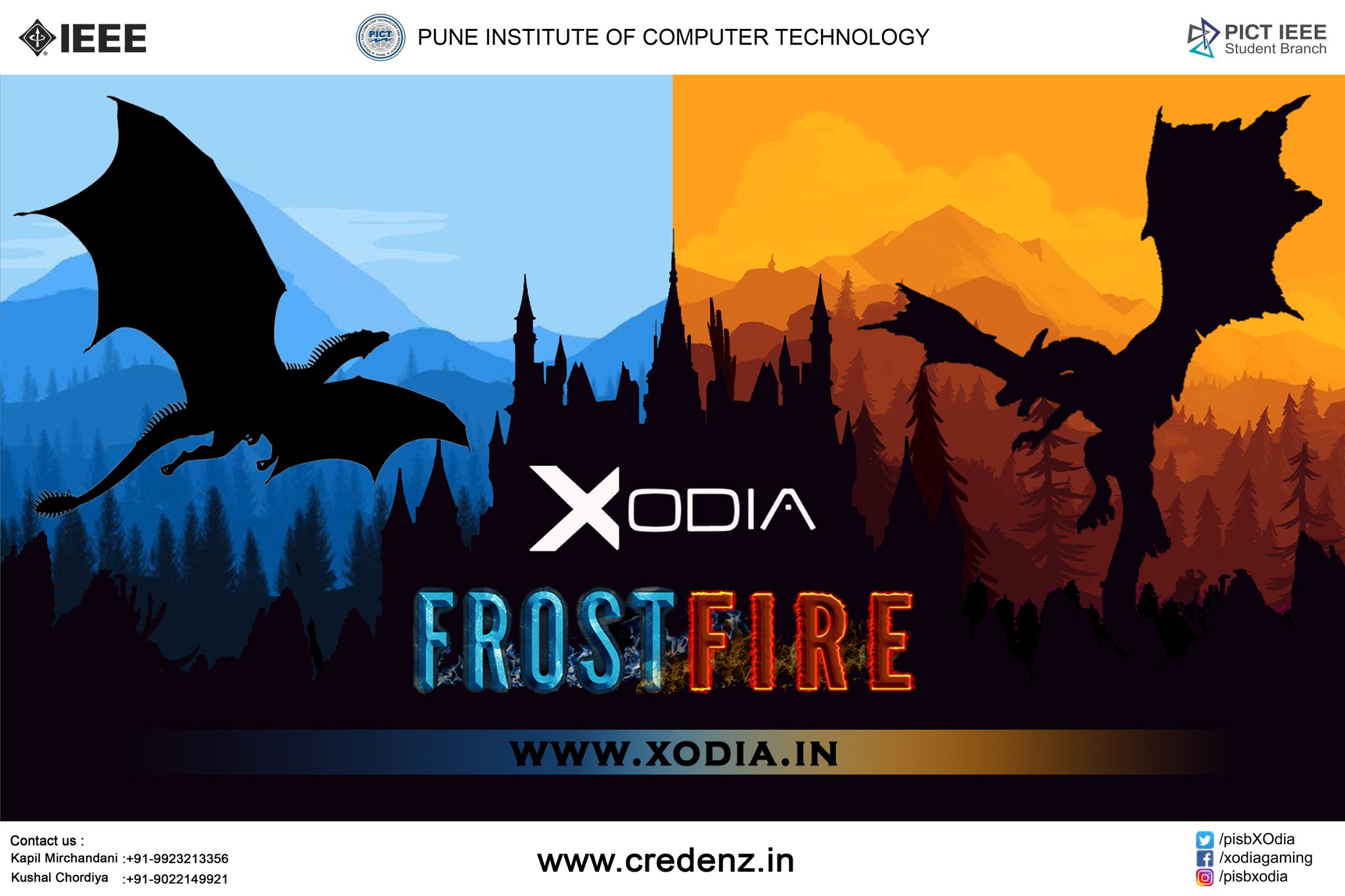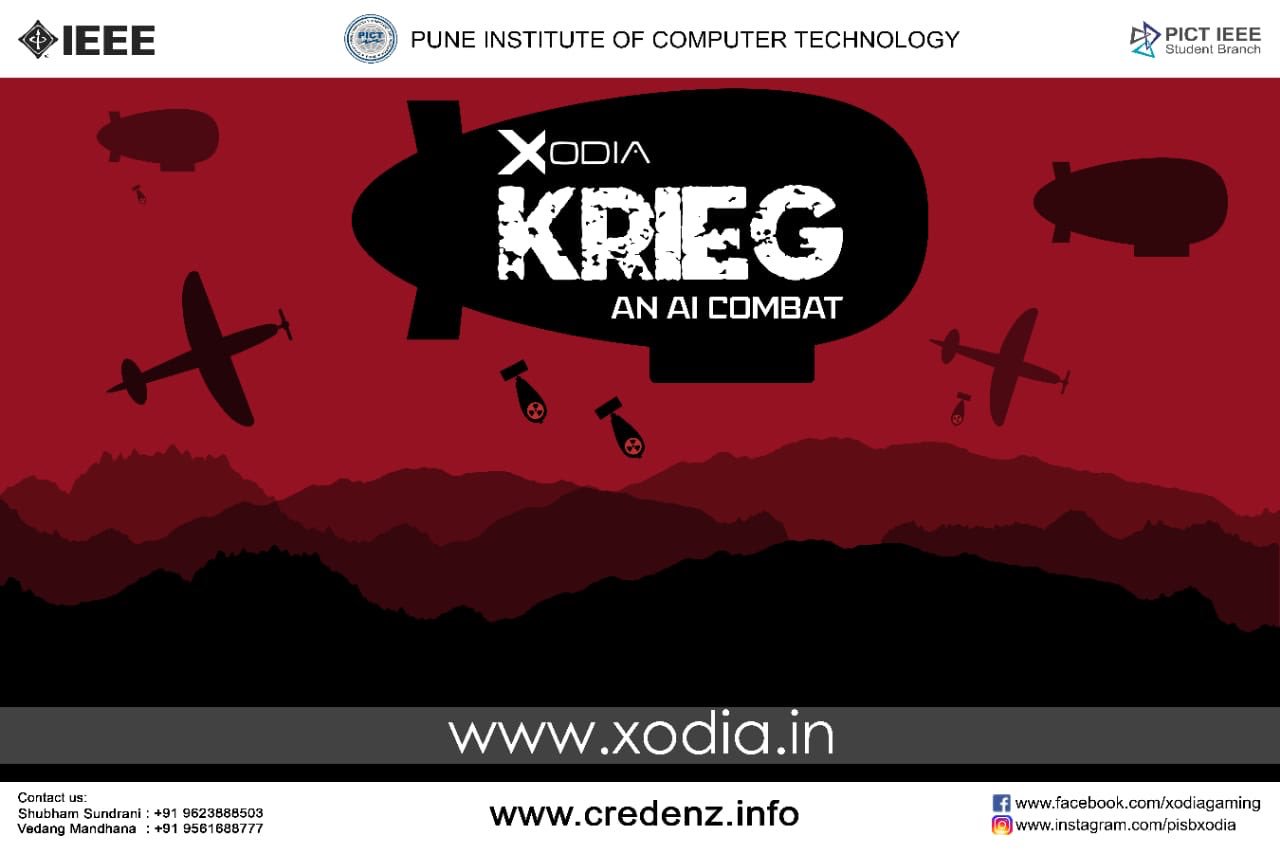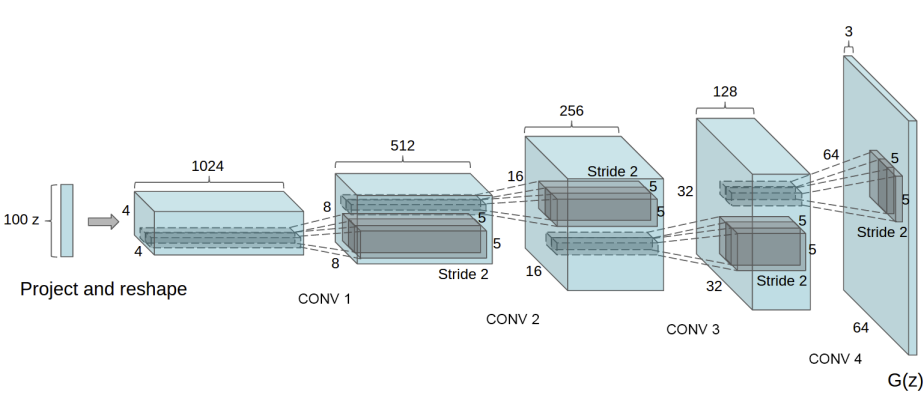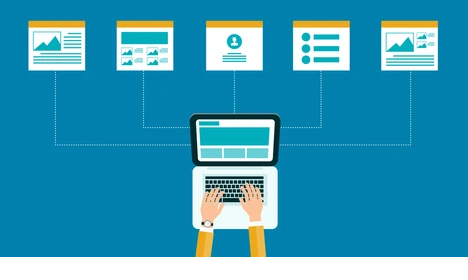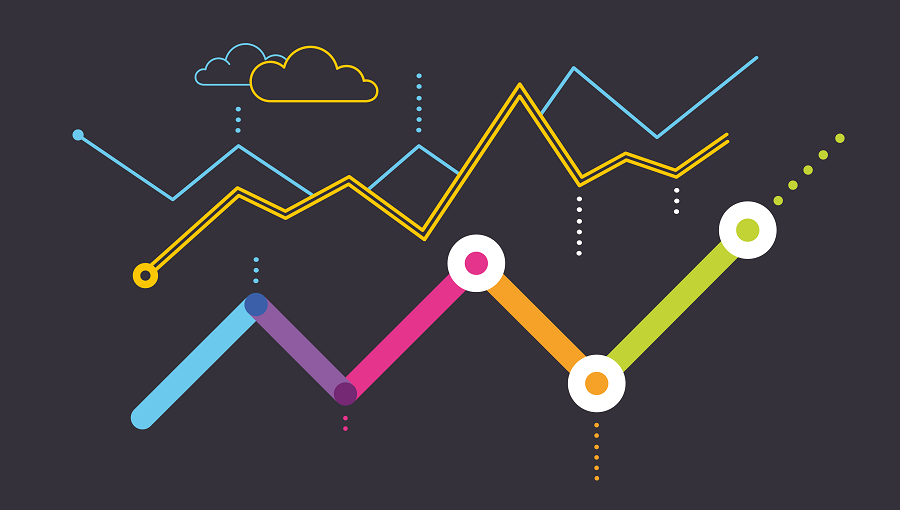Hi, I'm Kapil Mirchandani
A Machine Learning Engineer, passionate about building robust models and scalable serving pipelines.
About
I am a Machine Learning Engineer with two years of experience, currently studying at The University of Ottawa, Specializing in Applied Artificial Intelligence. I enjoy applying Machine Learning to end-to-end real-world tasks, including model research, as well as building inference pipelines for model deployment. I am proficient in TensorFlow and PyTorch, as well as the web frameworks Django and Flask for model serving. I have worked with a variety of Machine Learning applications, including Generative Networks, OCR,Semantic Similarity, Object Detection, Optical Character Recognition, Text Clustering and most recently, Prompt Engineering. My skills also include MLOps – this includes hosting Tensorflow models on AWS, optimizing their performance and writing the backend to call these models, and parse and store their outputs.
Education
MEng, Electrical and Computer Engineering (Concentration in Applied Artificial Intelligence)
University of Ottawa
B.E., Electronics and Telecommunication Engineering
Pune Institute of Computer Technology
Higher Secondary Education
Fergusson College
Secondary Education
The Bishop's School, Pune
Experience
Quantum AI Research
- Building classical neural networks with parameter constraints to classify image data for comparative analysis with quantum neural networks.
- Conducting detailed comparisons to explore the interplay and advantages of classical and quantum neural networks.
- Implemented an automated bug ticket triaging system using word embeddings and a machine learning classifier, achieving 80% accuracy in routing tickets based on titles and descriptions, saving 15 hours of total developer time per week.
- Analyzed over 2 billion log lines, extracting insights such as high-memory processes and low-impact crashes, leading to fixes that reduced crashes by 20% and memory usage by 10%.
- Automated configuration validations and detection of common issues, integrating these solutions with Jira, which reduced the number of tickets requiring manual triaging by 50%.
- Parsed over 1 billion log lines to build a classification dataset of over 2000 data points for machine learning, extracting key features based on developers' manual analysis processes.
- Applied machine learning classifiers to the dataset, effectively handling imbalanced data using ADASYN, and achieved an F1 score of 82%.
- Fine-tuned transformer-based embeddings, using bi-encoder and cross-encoder architectures to build a semantic similarity model which achieved an accuracy of 88% on meeting transcript data.
- Leveraged LLMs, along with RAG, particularly GPT-3.5 and GPT-4, for various summarization, rephrasing, question-answering, and sentence classification tasks, to deploy 6 new features, including transcript summarization and automated notetaking.
- Implemented image processing and OCR techniques to identify the current speaker from virtual meeting interfaces (Zoom, Google Meet, MS Teams), improving the accuracy of the current speaker recognition system from 67% to 88%.
- Developed a feature using clustering on over 100,000 meetings to rank top FAQs and reveal key themes; its deployment increased average CSAT score from 7 to 8.
- Involved in system and data platform design for deployment of these models, using Django, PostgreSQL and AWS EC2 and ECS to build end-to-end Machine Learning inference and training pipelines for real-time sentence classification and transcription.
- Optimized inference speed of Tensorflow models, using the gRPC protocol and AVX acceleration achieving a 30% decrease in latency.
- Set-up and maintained automated CI/CD pipelines, using Tensorflow serving, Docker and Github actions, automating and reducing deployment times from approximately 10 minutes to 2 minutes.
- Developed advanced machine learning solutions to automate end-user issue resolution in customer service.
- Conducted research, scoping, benchmarking, and deployment of cutting-edge NLP algorithms, including user message classification and language detection.
- Engineered scalable microservice inference pipelines for machine learning models using Django, Flask, and FastAPI, which supported over 1 million requests per day.
- Diagnosed and resolved critical bugs, optimizing underperforming models for clients, by using oversampling or adjusting class weights on imbalanced datasets, boosting classification accuracy from 70% to 90%.
- Contributed to the development of CRAL, a library used for abstraction of well known deep learning architectures for Computer Vision.
- Worked on the addition of well known deep learning architectures for computer vision into the library.
- Intensively involved in implementation, integration and testing of object detection models.
- Achieved mAP scores of more than 0.6 on standard benchmark datasets for all the integrated object detection models.
Publications
DPSRGAN: Dilation Patch Super-Resolution Generative Adversarial Networks
- Developed a novel Generative Adversarial Network architecture to increase the resolution of images.
- The input to the network is a low resolution image, which is upscaled natively by the network.
- The model is capable of upscaling input image by 4x the original resolution.
- The metrics obtained from our DPSRGAN are better than the previously proposed SRGAN, with a MOS of 3.91 out of 5 and a PSNR of 32.24.
Big Data Analytics for Sustainable Cities: Pune Tree Census Data Exploratory Analysis
- Developed a pipeline for analysis of tree census data using data of Pune, India.
- Introduced a novel metric, the Flora Biodiversity Index (FBI), to quantify the diversity of trees in a region.
- Drew insights from the data to determine uniformity of tree cover, areas deficient in trees and areas having a lower biodiversity.
- Our pipeline will be useful for cities to analyse their current green cover and work on making it better.
Projects

A route optimizer for Electric Vehicles.
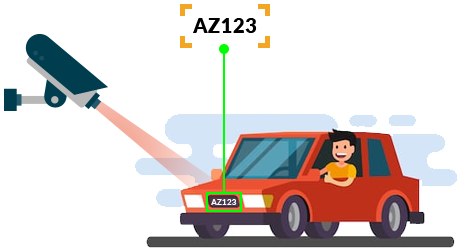
An application that can read license plates of vehicles and register offences.

A Machine Learning approach towards network threat detection.
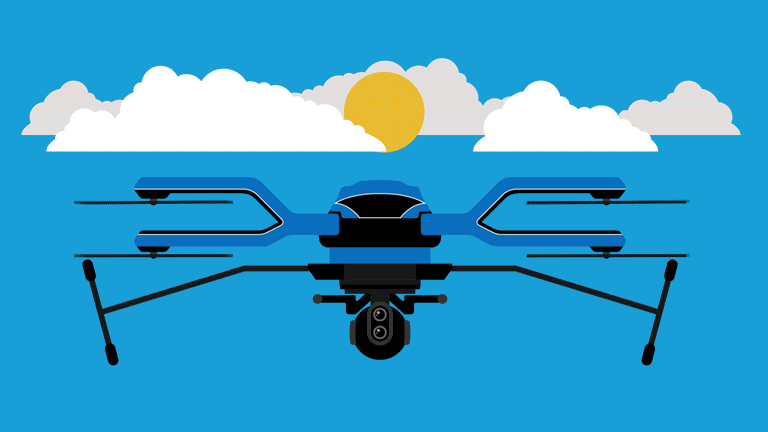
An autonomous drone for survey and rescue.
- Tools: ROS, OpenCV
- A drone capable of detecting beacons and autonomously maneuvering itself in response.
- Part of the e-Yantra Robotics Competition (eYRC) held by IIT Bombay.
Skills
Languages
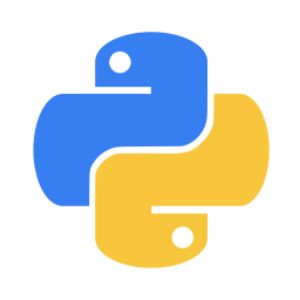 Python
Python
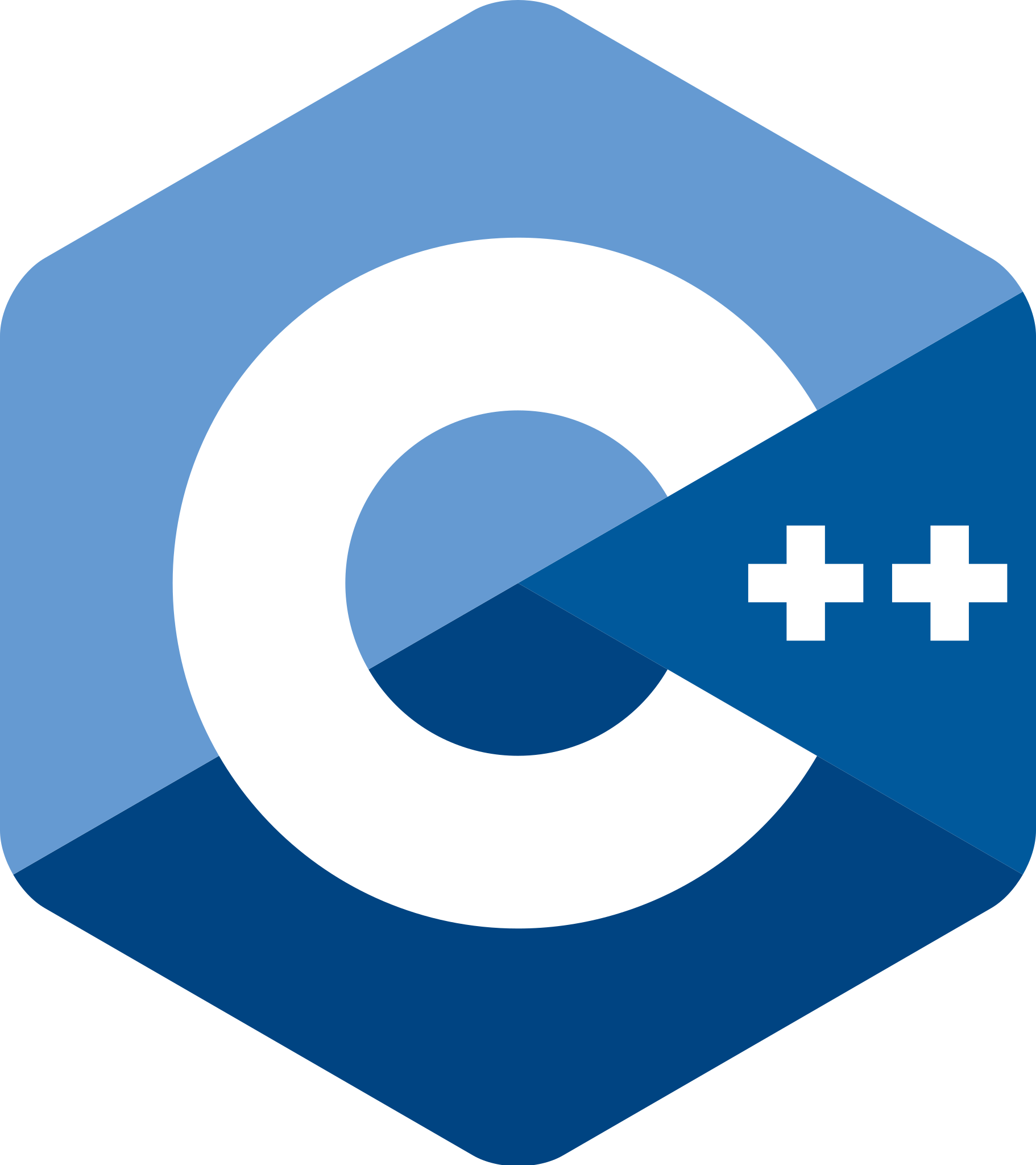 C/C++
C/C++
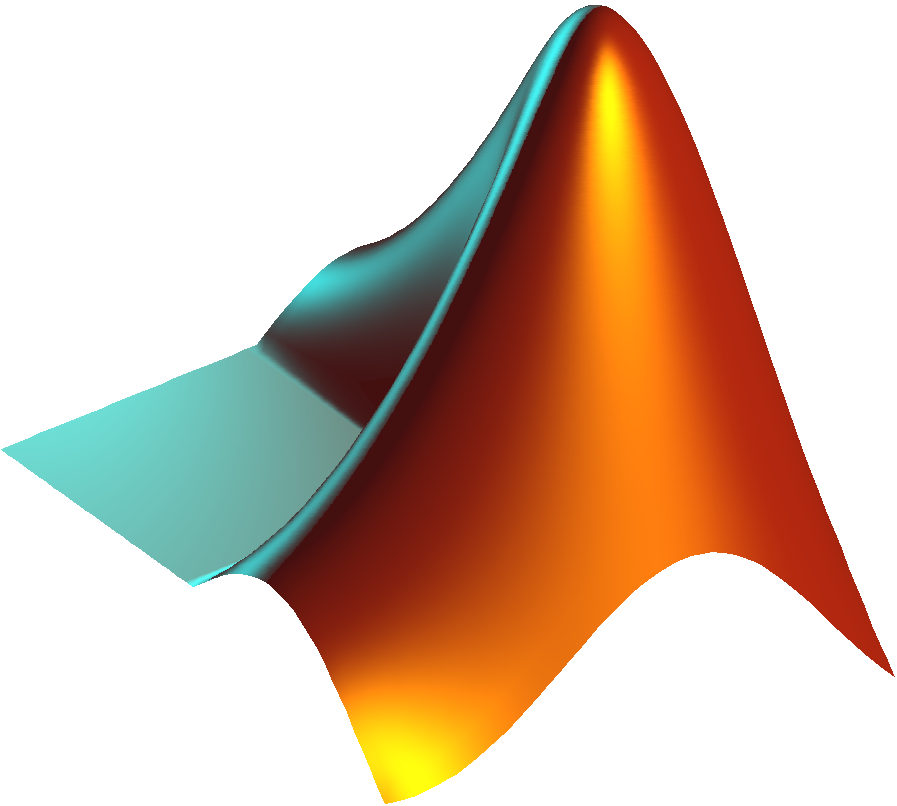 MATLAB
MATLAB
 Java
Java
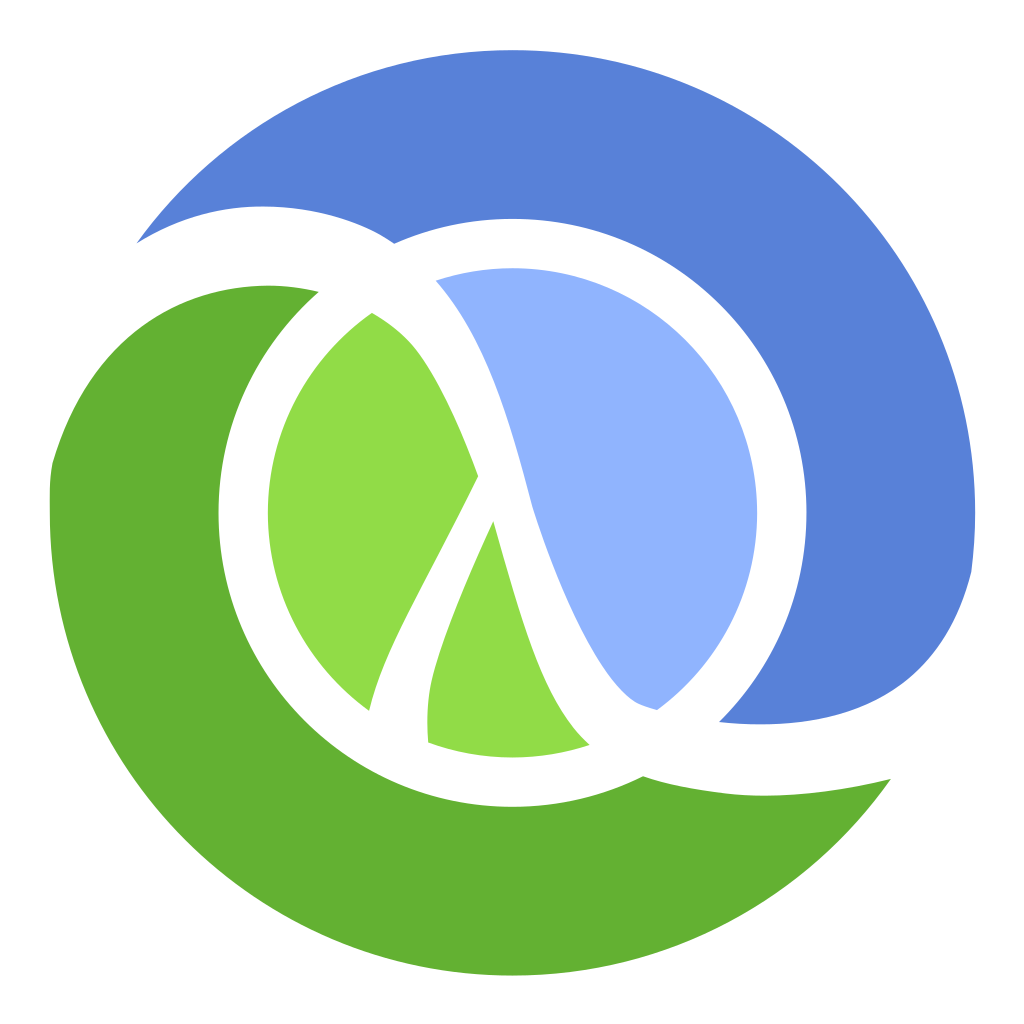 Clojure
Clojure
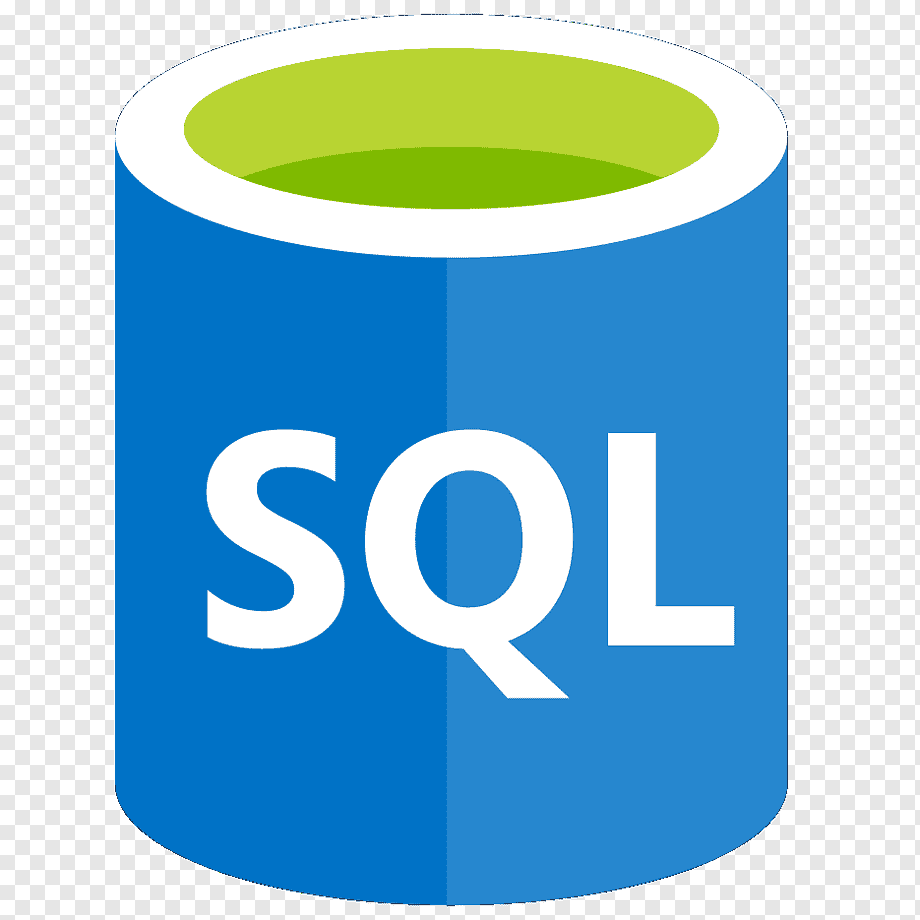 SQL
SQL
 Javascript
Javascript
Libraries
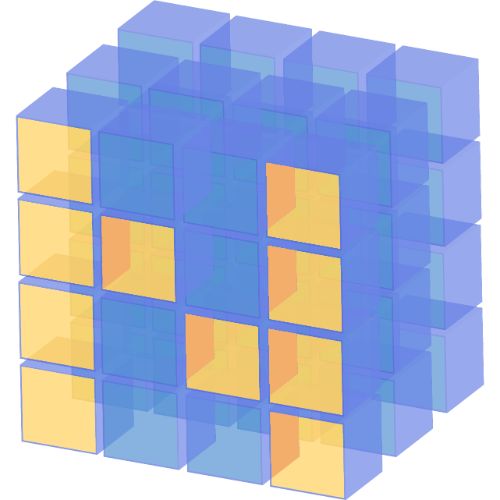 NumPy
NumPy
 Pandas
Pandas
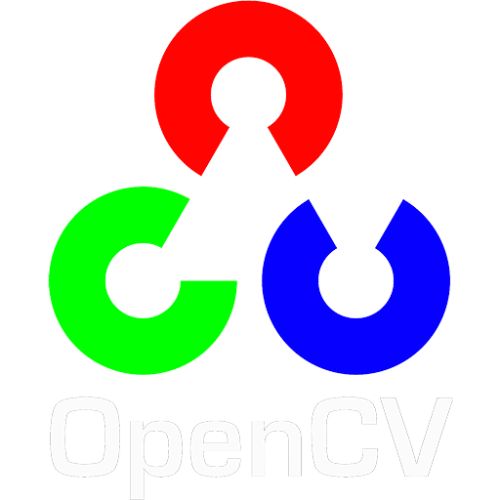 OpenCV
OpenCV
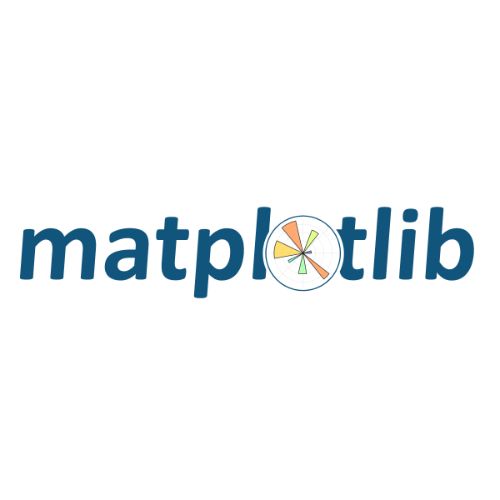 Matplotlib
Matplotlib
 Seaborn
Seaborn
Frameworks
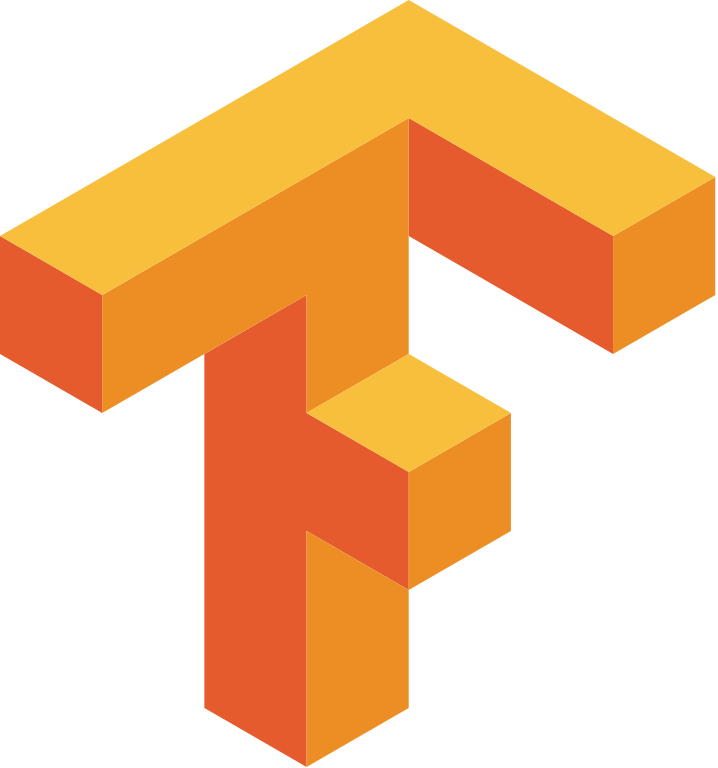 TensorFlow
TensorFlow
 PyTorch
PyTorch
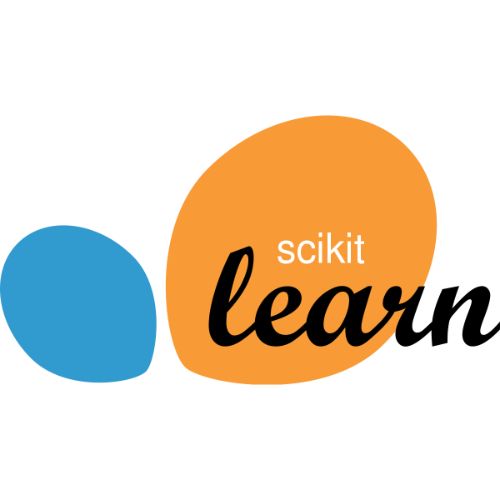 Scikit-Learn
Scikit-Learn
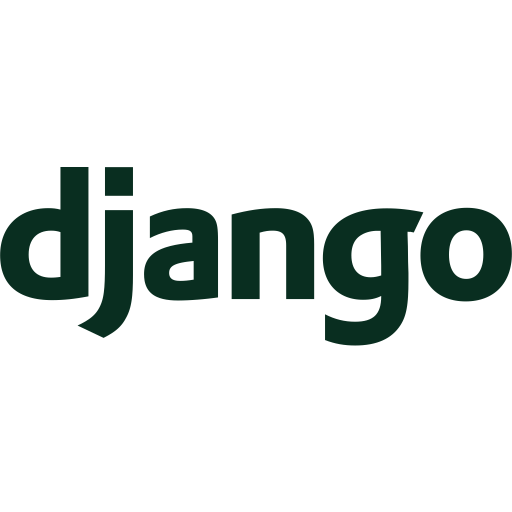 Django
Django
 Flask
Flask
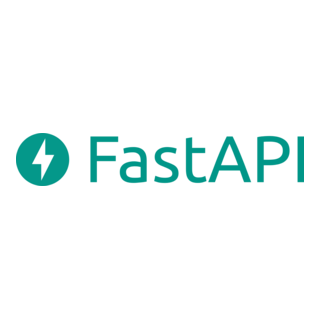 FastAPI
FastAPI
 Selenium
Selenium
Developer Tools
 Git
Git
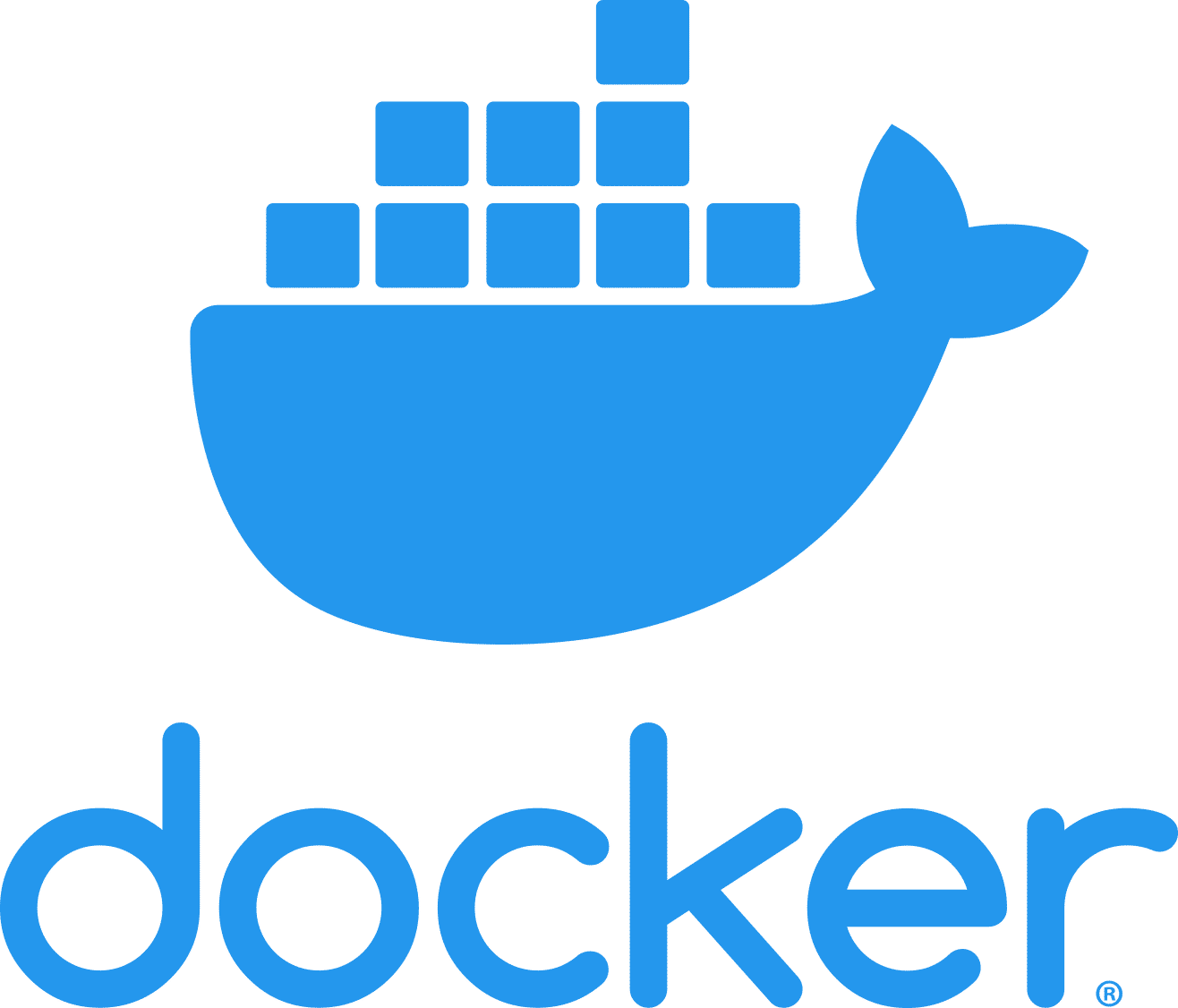 Docker
Docker
Databases
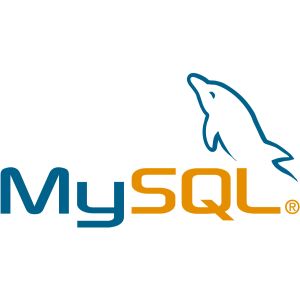 MySQL
MySQL
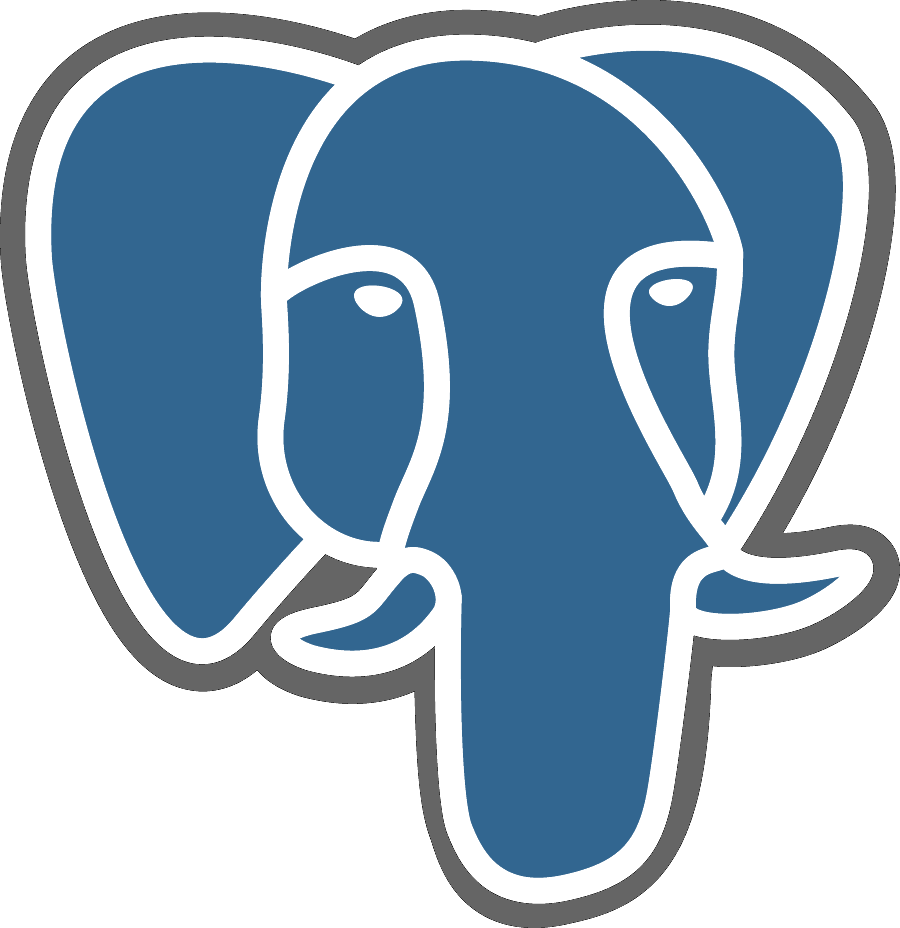 PostgreSQL
PostgreSQL
 MongoDB
MongoDB
Cloud Technologies
 AWS (S3, EC2, Lambda, ECS/ECR)
AWS (S3, EC2, Lambda, ECS/ECR)
 Tensorflow Serving
Tensorflow Serving
Contact

